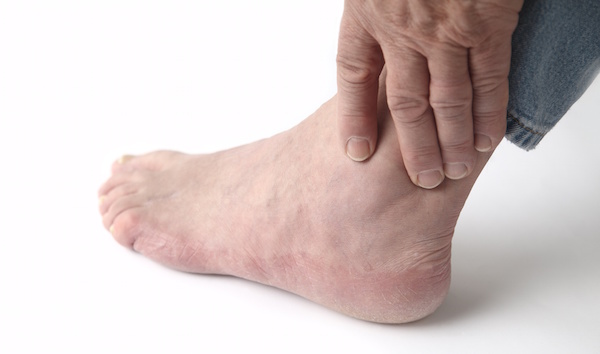MONDAY, Feb. 22, 2016 (HealthDay News) — A Botox-like injection, added to physical therapy, may relieve a type of knee pain that’s common in runners, cyclists and other active people, a new study suggests.
The condition — called lateral patellofemoral overload syndrome (LPOS) — affects more than one in eight people who regularly exercise, the British research team explained. The condition causes pain in the front and side of the knee joint, and healing can be a challenge, experts said.
“Knee pain in runners and cyclists is often difficult to treat,” said Dr. Victor Khabie, chief of sports medicine at Northern Westchester Hospital in Mount Kisco, N.Y. “Most will respond well to traditional therapy, but some will continue to have pain.”
According to the study authors, prior research has shown that 80 percent of people with LPOS have ongoing symptoms after undergoing conventional treatment, and 74 percent have reduced activity levels. Current methods of treatment include physical therapy, anti-inflammatory drugs and steroid injections. If these therapies fail, patients may opt for surgery, according to the investigators.
The new study was led by researchers at Imperial College London and included 45 patients. Each received an injection of a type of botulinum toxin called Dysport to relax a muscle at the front and outside of the hip, followed by physical therapy sessions.
The hip was targeted because, in prior research, the researchers had noted that people with LPOS tended to overuse this particular hip muscle, instead of using the gluteal muscles in the buttocks.
According to the investigators, two-thirds (69 percent) of the patients required no further treatment and were free of pain when assessed five years after the injection into the hip muscle.
“It can be incredibly frustrating to run out of treatment options for patients with this painful condition,” said study co-author Jo Stephen, a physiotherapist at Imperial College London and Fortius Clinic.
In a college news release, she said that “many athletes who took part in this study had exhausted all other treatment options and this was their last resort. We are really excited that our approach is showing positive results for patients, which could have implications for active people around the world.”
Khabie agreed. “This is a very important finding, because in the past surgery was the only other option [for these patients],” he said.
The Dysport injection “relaxes a very tight muscle/tendon unit on the outer aspect of the leg, which is often very tight in runners and cyclists,” Khabie explained. “Physical therapy aims to relax this muscle, but when therapy is not enough, this study shows that [the] injections are an option.”
Dr. Allyson Shrikande is a physiatrist (rehabilitation specialist) at Lenox Hill Hospital in New York City. She believes that use of the injection “offers a wonderful solution to aid in those who have failed a course of physical therapy.”
But, Shrikande also cautioned that the injected toxin may “spread” to adjacent tissue and so the “optimum dose” needs to be determined for each patient.
The study was funded by the Fortius Clinic and Chelsea and Westminster Hospital in London.
More information
The U.S. National Institute of Arthritis and Musculoskeletal and Skin Diseases has more about knee problems.
Copyright © 2025 HealthDay. All rights reserved.

